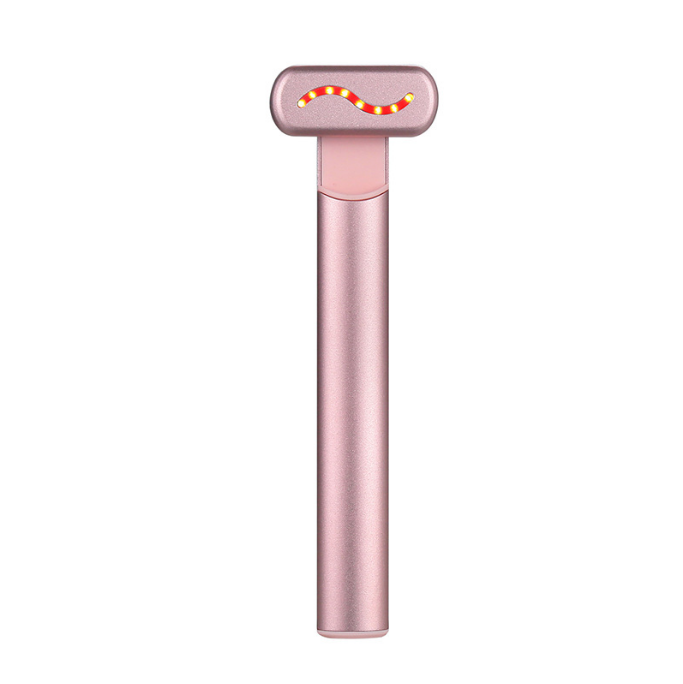In recent years, red light therapy has gained significant attention for its potential health benefits and therapeutic uses. From skincare to muscle recovery, this non-invasive treatment has shown promise in various areas of wellness. In this article, we will explore the science behind red light therapy, its benefits, and its potential applications in different fields.
## Understanding Red Light Therapy
Red light therapy, also known as photobiomodulation, is a therapeutic technique that uses low-level red and near-infrared light to stimulate cellular function. It works by delivering specific wavelengths of light to the body, which are absorbed by the mitochondria in our cells. This absorption triggers a series of biochemical reactions that promote healing and regeneration.
## Skin Health and Rejuvenation
One of the most popular applications of red light therapy is in skincare and anti-aging treatments. Research has shown that red light can stimulate collagen production, reduce inflammation, and improve skin tone and texture. This has led to its use in reducing wrinkles, acne, and even scars. Moreover, red light therapy has been found to enhance wound healing, making it a valuable tool in dermatology and cosmetic procedures.
## Pain Relief and Muscle Recovery
Another area where red light therapy has shown promise is in pain management and muscle recovery. Studies have indicated that red light can help reduce pain and inflammation by increasing blood flow to the affected area. This can be particularly useful for athletes or individuals dealing with chronic pain conditions. Additionally, red light therapy has been found to promote muscle recovery and reduce muscle fatigue, making it a valuable tool for sports medicine and physical therapy.
## Mental Health and Well-being
Beyond physical health, red light therapy has also been explored for its potential benefits on mental health and well-being. Research suggests that red light exposure can increase serotonin levels, which can help improve mood and alleviate symptoms of depression and anxiety. Moreover, red light therapy has been found to enhance cognitive function and improve sleep quality, making it a potential adjunctive therapy for individuals with neurological disorders or sleep disturbances.
## Considerations and Safety
While red light therapy offers a range of potential benefits, it is important to exercise caution and follow safety guidelines. The therapy is generally considered safe, with minimal side effects. However, individuals with certain conditions, such as epilepsy or those taking medication that increases photosensitivity, should consult with a healthcare professional before undergoing red light therapy. Additionally, it is crucial to use FDA-approved devices and follow the recommended treatment protocols to ensure optimal results and minimize the risk of adverse effects.
## Conclusion
Red light therapy holds great promise as a non-invasive and versatile treatment option. From skincare to pain management, its potential benefits span across a wide range of applications. However, further research is needed to fully understand its mechanisms and optimize its use in different fields.



